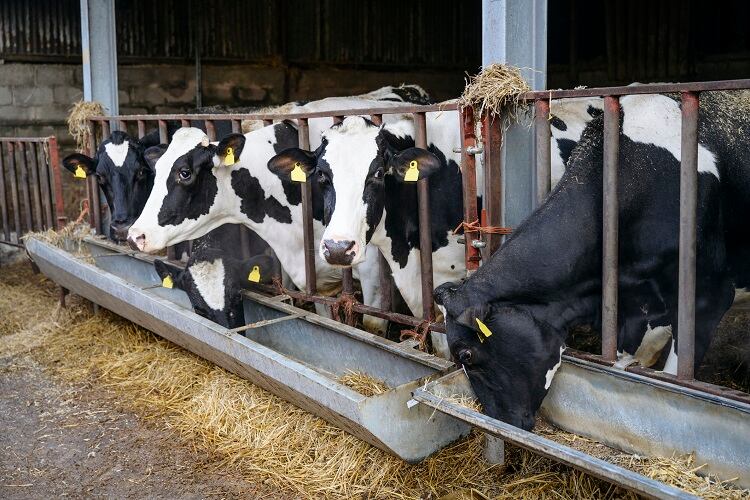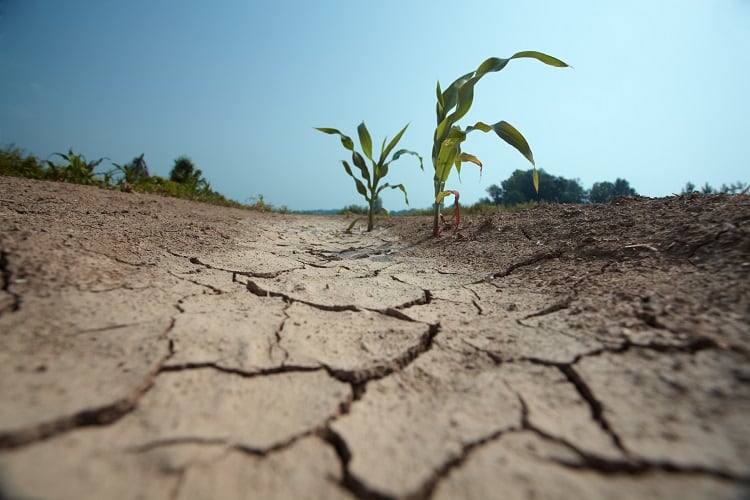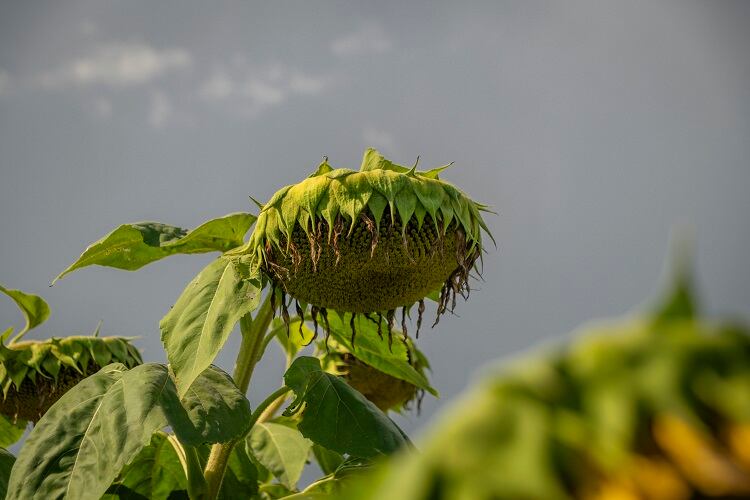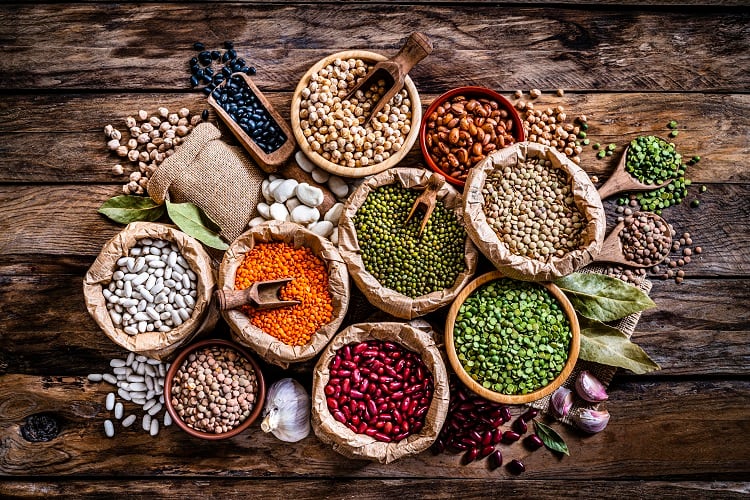Supply chain disruptions were centre stage throughout the COVID-19 pandemic, when consumers will remember rows of empty shelves lining supermarket aisles. Although COVID-19 has since dropped down the agenda of global crises, supply chain disruptions persist.
At the same, another major challenge has lingered: the cost-of-living crisis. High inflation and rising interest rates saw families in 2023 tighten their purse strings and revaluate shopping behaviour.
Both have impacted the ingredients sector, forcing suppliers to overcome hurdles and reshuffle offerings to ensure demands from food and beverage manufacturer clients were met.
Geopolitical tensions and trade disruptions plague supply chains
Early last year (24 February) marked the one-year anniversary of the escalation of the Russo-Ukrainian War. Ukraine has traditionally been a major producer of sunflower, corn, soybeans, wheat and barley. Considered the ‘breadbasket’ of Europe, more than 70% of Ukraine’s land was once dedicated to agricultural production.
Understandably, Russia’s renewed invasion of Ukraine has disrupted agricultural production and trade, and continues to do so. Other global conflicts in 2023 include the outbreak of wars in Sudan and between Israel and Hamas, predominantly concentrated on the Gaza Strip.
Supply chain disruptions as a result of geopolitical conflicts have undoubtedly been felt by the ingredients sector. “There have been ebbs and troughs with supply chain issues, particularly on ingredients that require things like sunflower…” explained Tony Gay, technical sales director, nutrition, at ingredients supplier Prinova Europe.
This is unsurprising, given that of all the crops that Ukraine cultivates, it is best known for sunflower seed production. According to Statista, in the 2021/2022 crop year, Ukraine had the highest production volume of sunflower seeds of any country in the world.
Although disruptions have proved ‘challenging’, being partnered with Nagase Group has brought benefits, explained Gay at the recent Food Ingredients Europe (FiE) event in Frankfurt, Germany. Japanese chemical trading firm Nagase acquired Prinova Group in 2019, which means the latter can now carry ‘a lot more ‘ inventory to ensure it can cater to its customers demands, we were told.
“We’re always carrying good inventory ourselves. We’ve actually captured more market share because of the inventory we hold…We acknowledge those issues at the time and have managed to navigate them [by] holding more inventory.”

In dairy, the Russo-Ukraine conflict has also caused disturbances. The dairy industry is ‘very’ dependent on grain for animal feed, explained Jeppe Sand, head of food sales at Arla Foods Ingredients – a subsidiary of Denmark-headquartered Arla Foods.
“If the price for feed goes up, then the milk prices need to go up as well. Otherwise there will be less milk, and if there is less milk then the price will be [even] higher. That’s the same for whey powder. So it has an effect on everything.”
As a global company, Arla Foods Ingredients is ‘very dependent’ on global supply chains to be effective. “Global supply chains are crucial to the dairy industry. If there are challenges there, we will also be hit by that,” Sand told us at FiE.
So how are dairy manufacturers combatting potential shortages? Arla Foods Ingredients has observed its customers purchasing ‘a little bit’ extra. “We are seeing that people don’t want to be out of product. They want to stock up.”
When natural disasters and weather events threaten ingredient sourcing
Conflicts are not the only cause of disrupted supply chains, however. On the back of what is considered Europe’s worst drought year in 500 years, 2023 saw droughts in South America and Africa, and devastating natural disasters in Morocco, Libya, Syria, and Turkey.
Ingredients suppliers are undoubtedly affected by climate crises and natural disasters, but global operations have a better chance at managing potential supply disruptions, according to ingredients major ADM.
“That’s the advantage of being ADM. We are a global company, we are active on each continent with a lot of activities. So when we see that we need to compensate our crops in other continents, we do that,” said Mel Tunderman, vice president savory, EMEA, at ADM.
Business continuity plans can also help prevent against ingredient shortages. In flavour offerings, for example, ADM has facilities in China and North America, and can ‘manoeuvre around’ to ensure customers are served.

Ingredients supplier Corbion is another ingredients supplier ‘affected by everything’ on the global stage. Being based on ‘every continent’, the company is affected on every continent, with both local and global situations, sales director Janine Gierman told FoodNavigator at FiE.
Increasingly, the Netherlands-headquartered company has observed its customers ‘buying differently’ and specifically requesting products that extend shelf life, which not only reduces food waste but allows for businesses to hold more stock for longer periods if required.
Manufacturers feel the pressure from cost-conscious consumers
Global conflicts, notably the Russo-Ukraine war, have also had an impact on global economics. The subsequent rising cost of fuel and agricultural inputs has pushed up the price of agri-food production, with interest rates simultaneously adding fuel to the cost-of-living crisis fire.
For Corbion, this does not mean that consumers and retailers are purchasing less, but ‘different’. Looking to its own customer base, the ingredients supplier has observed food and beverage manufacturers under pressure cost-wise. But at the same time, environmental sustainability remains high on the agenda, and customers are demanding shelf-life of double or even triple the industry standard. Importantly, those ingredients ‘need to be natural’, and ‘need to be local’, explained Corbion’s Gierman.

Increased cost-of-living pressures have not prompted all customers to switch to more affordable options, according to Prinova Europe. In ‘certain instances’, product ranges have ‘altered slightly’, observed Prinova’s Gay, who said some customers have turned ‘back to basics’ formulations. But on the premium side of things, brands are launching products tailored towards anti-stress, anti-anxiety and cognitive health, all aimed at combatting the stress element of the cost-of-living crisis.
Other premium product launches include high-protein offerings, ranging from yoghurts to puddings, explained Arla Foods Ingredients’ Sand. But since high-protein yoghurts are usually consumed on-the-go at breakfast time, they don’t come with a high price tag and consequently are not considered a major investment for consumers. “In that regard, we have not seen much lack of demand, which is positive,” he told this publication.



